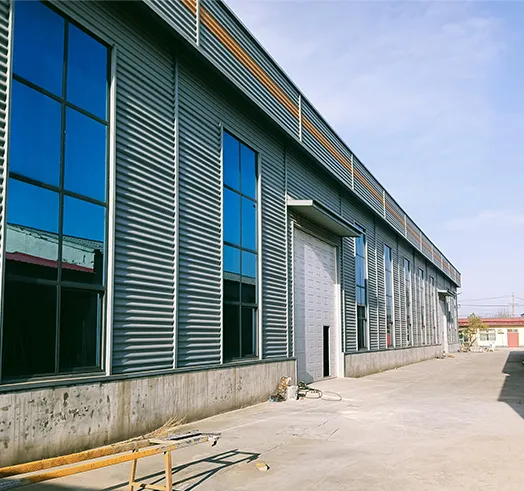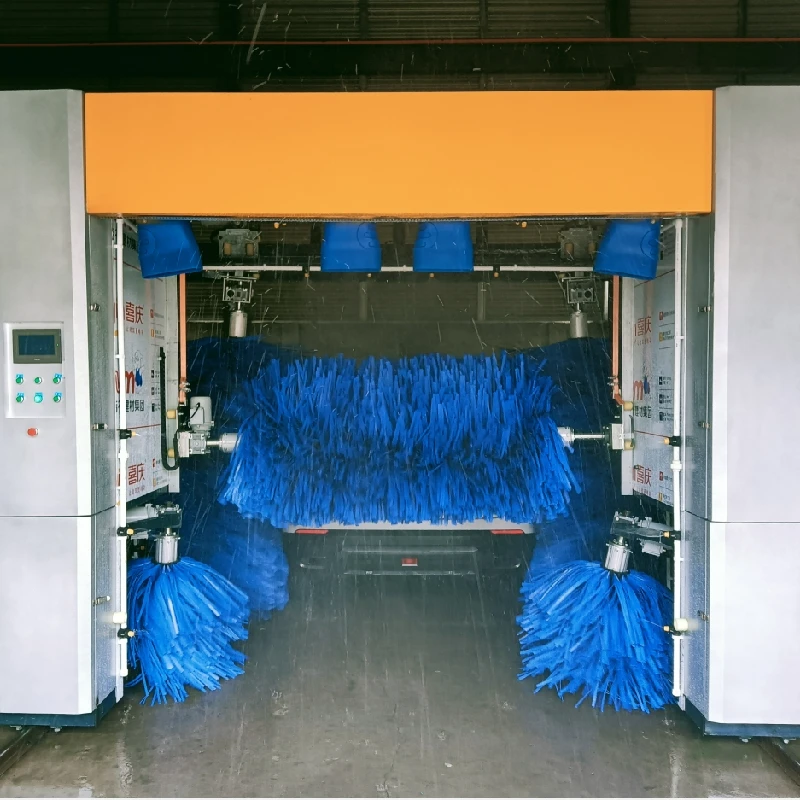tunnel car
The Future of Transportation Exploring Tunnel Cars
In an era where technology continuously reshapes our daily lives, innovative concepts are emerging to revolutionize transportation. One such intriguing idea is the tunnel car. This cutting-edge vehicle design aims to utilize underground tunnels to address the pressing issues of urban congestion and environmental sustainability. As cities across the globe grapple with increased traffic and pollution, the tunnel car presents a visionary solution that merits exploration.
At its core, a tunnel car is designed to operate within specially constructed underground tunnels, eliminating the need for traditional roadways that are often bottlenecked by vehicles. These tunnels would provide a streamlined route for transportation, allowing cars to travel at higher speeds without the interruptions caused by traffic signals, pedestrians, and other obstructions typical of surface-level streets. This approach not only enhances travel efficiency but also drastically reduces the noise and air pollution associated with conventional vehicles.
Moreover, tunnel cars are envisioned as electric or even autonomous vehicles, further contributing to their environmental advantages
. With the global push towards greener solutions, the integration of electric motors in tunnel cars could lead to a significant decrease in greenhouse gas emissions. Autonomous technology will also enhance safety and efficiency, as vehicles can communicate with one another and manage their own speeds to ensure a smooth flow of traffic.tunnel car

The construction of extensive tunnel systems for these cars could initially raise concerns regarding costs and feasibility. However, innovative engineering techniques and public-private partnerships could address these challenges. Cities could implement pilot programs showcasing the tunnel car concept, attracting investment and generating public interest. As infrastructure evolves to accommodate this transportation model, we might also witness a reduction in surface traffic, opening up once crowded urban spaces for parks, recreational areas, and pedestrian pathways.
Furthermore, the potential economic impact of tunnel cars could be substantial. By improving the speed and reliability of urban transportation, businesses could experience increased productivity, leading to economic growth. This enhanced mobility could also encourage more people to reside in suburban areas while maintaining convenient access to city centers, effectively rebalancing urban demographics.
Critically, while the tunnel car concept is promising, it is essential to address potential drawbacks. Issues such as safety in underground environments, accessibility for all individuals, and the environmental impact of tunnel construction itself must be carefully considered. Engaging with communities and stakeholders throughout the planning process will be vital to ensuring that the benefits of tunnel cars are realized without exacerbating existing inequalities.
In conclusion, tunnel cars represent a bold leap toward the future of urban transportation. By transitioning to an underground network, we could alleviate the chaos of city streets while promoting a more sustainable and efficient mode of travel. Though challenges remain, the benefits of this innovative concept could pave the way for smarter, greener cities, ultimately enhancing the quality of life for urban dwellers. The future of transportation is indeed bright, as we explore beneath the surface.




